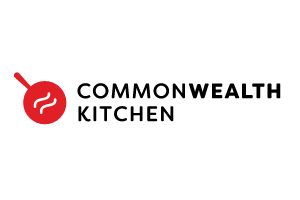How are you treating your patients with diabetes and food insecurity?
1 in 3 patients with diabetes experiences food insecurity. Compared to their food secure counterparts, they are:
- 450% more likely to utilize emergency department services
- 50% more likely to have poor glucose control
- 30% higher in healthcare costs
Treating food insecurity needs to be done sustainably, in a way that empowers people with diabetes to maintain healthy habits beyond the life of a benefit.
This requires addressing the social determinants of health that give rise to food insecurity, like food access and healthy cooking knowledge. Healthy food must be:
Affordable & Accessible
Healthy food is more expensive and many communities lack nutritious offerings.
Quick & Easy
Some people have limited healthy cooking knowledge, and cooking dinner needs to fit into daily life.
Culturally Relevant & Tasty
Recipes are designed by a Michelin-trained chef to meet




















Establishing the access to nutritional foods for our most at risk clients was a goal that has been well exceeded and managed by EatWell.
Brittany B Program manager, Harbor Health